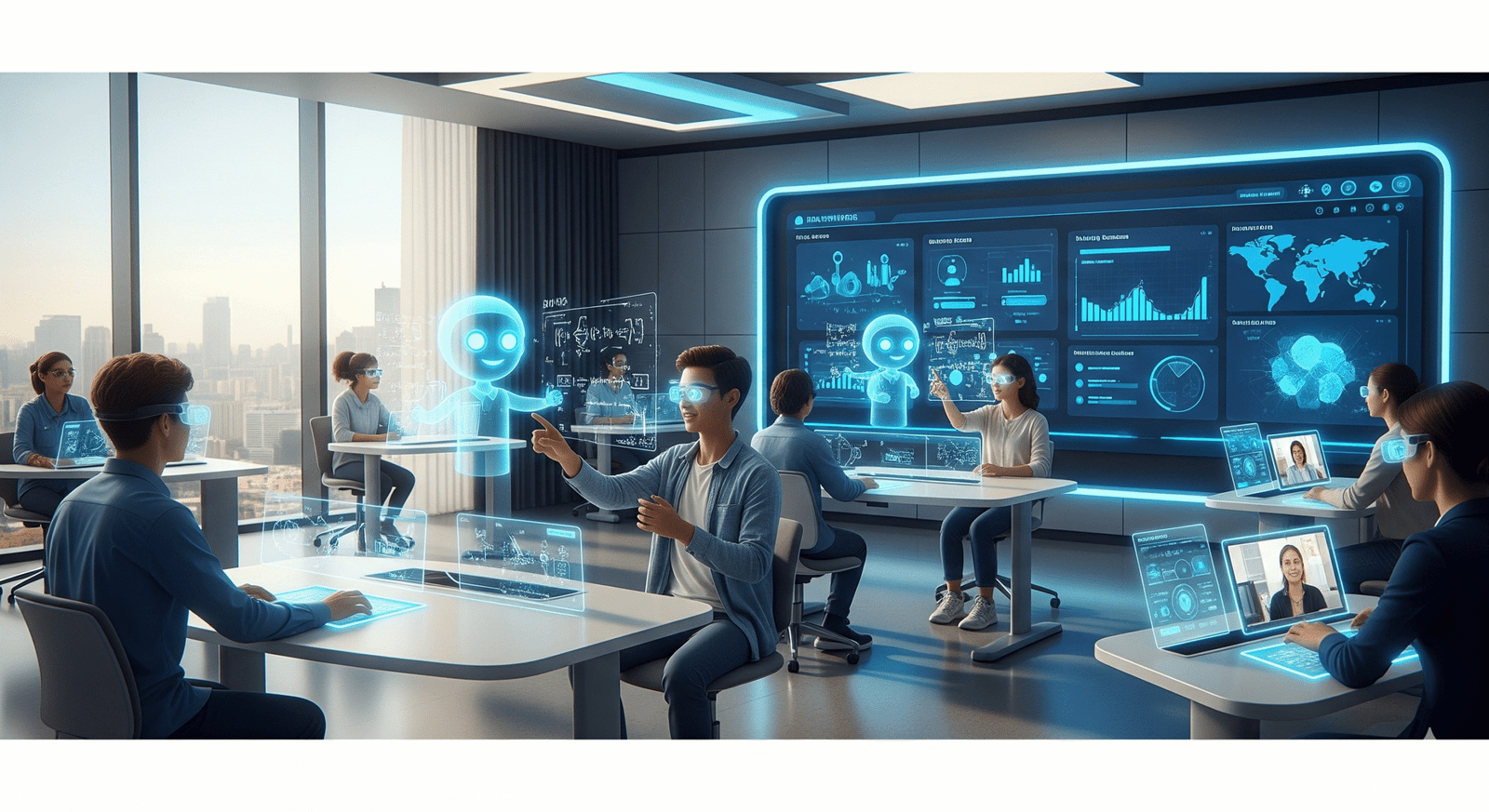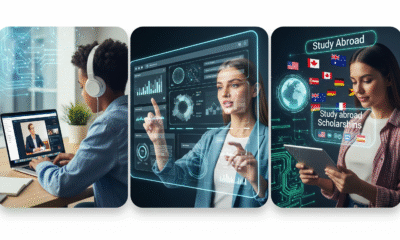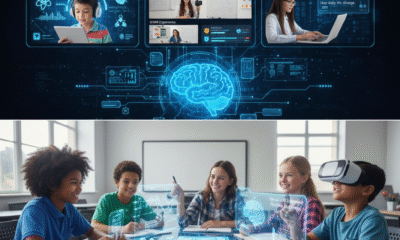Introduction
Education has undergone one of the fastest transformations in history over the past five years. The pandemic pushed schools and universities into digital-first models, while advances in artificial intelligence (AI) are now reshaping classrooms, teaching methods, and even how students interact with knowledge.
In 2025, learning is increasingly AI-driven, hybrid, and immersive, preparing students for a future where adaptability, creativity, and digital literacy matter just as much as academic achievement. This article explores AI-powered education tools, hybrid learning models, remote learning, and digital literacy initiatives, while highlighting their challenges, opportunities, and the road ahead.
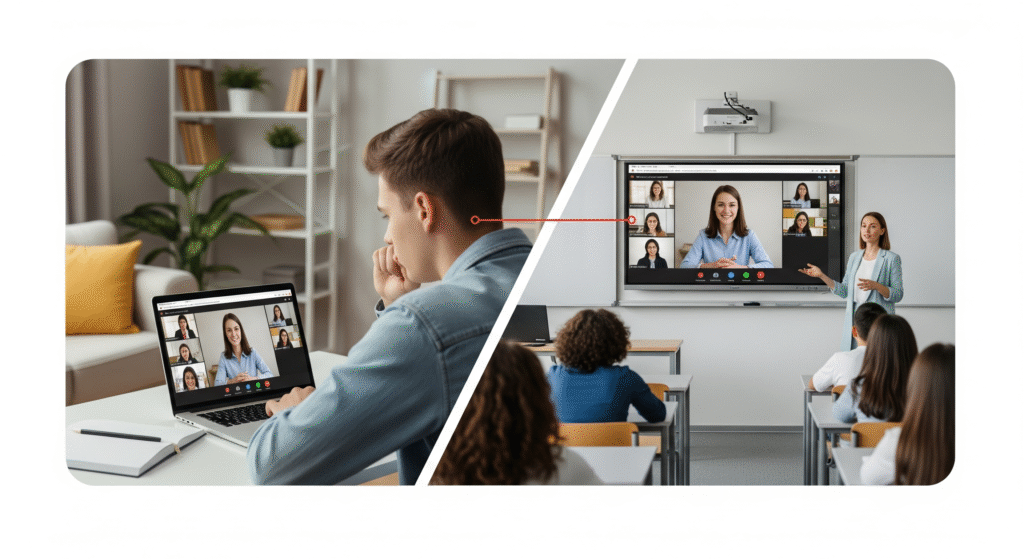
- The Rise of AI in Education
AI is no longer just a concept—it’s a daily classroom assistant. From personalized learning platforms to AI tutors like ChatGPT for education, schools and students are leveraging AI for better engagement and tailored outcomes.
Key Applications of AI in Education (2025):
- AI Tutoring Systems: Virtual assistants that explain concepts, answer questions, and provide practice problems 24/7.
- Personalized Learning AI: Platforms that adjust lessons based on student performance and preferred learning styles.
- AI-Powered Study Tools: Essay checkers, summarizers, and interactive flashcards generated instantly.
- Assessment & Feedback: AI evaluates assignments faster and gives immediate feedback for improvement.
👉 Example: A school district in Singapore introduced AI math tutors that reduced test preparation time by 40% and improved overall student performance.
- Hybrid Learning Models: The New Normal
The pandemic normalized online classes, but by 2025, most schools have moved toward hybrid learning—a blend of in-person and digital education.
Why Hybrid Works:
- Flexibility – Students balance classroom sessions with online resources.
- Accessibility – Students in remote areas can join virtual sessions.
- Efficiency – Recorded lectures and online exercises free up class time for discussions.
Tools Driving Hybrid Learning:
- Virtual Classroom Platforms: Zoom for Education, Google Classroom, Microsoft Teams.
- Interactive Whiteboards with real-time annotation.
- AR/VR Tools for immersive science experiments and history field trips.
👉 Case Study: In the U.S., a statewide hybrid learning model saved $12 million annually by reducing physical textbook costs while boosting student performance with digital content integration.
- Remote Learning Tools: Expanding Access Worldwide
Even after the pandemic, remote learning remains critical—especially for students in rural or underserved areas.
Top Remote Learning Tools (2025):
- Zoom for Education: Enhanced with breakout rooms, auto-translation, and AI-generated summaries.
- Learning Management Systems (LMS): Streamlined platforms for assignments, grading, and collaboration.
- Virtual Field Trips: Students explore museums, historical landmarks, or even space through VR.
Benefits:
- Equal opportunity for global learners.
- Students with health challenges can attend from home.
- Encourages self-paced, independent learning.
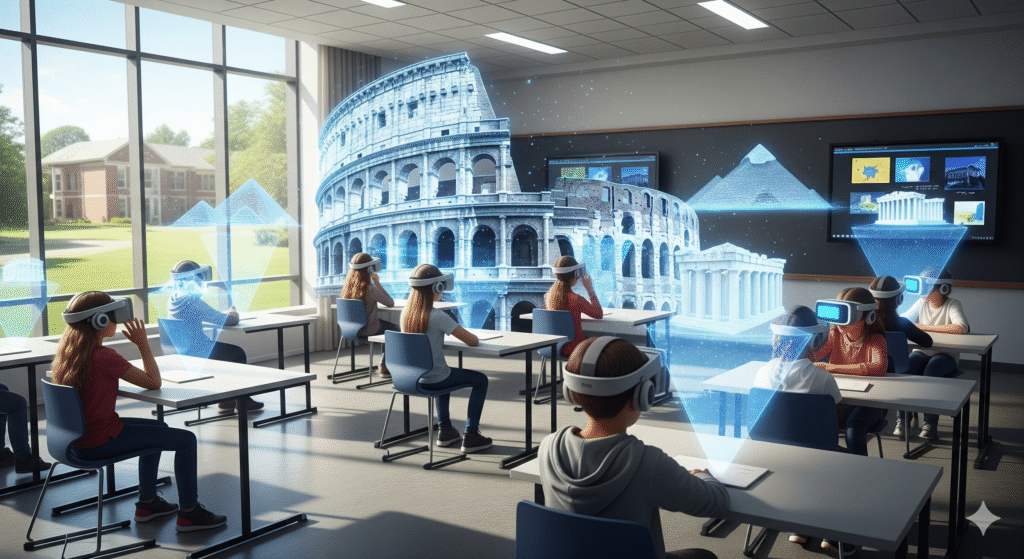
- Digital Literacy: The Must-Have Skill of 2025
As classrooms adopt more tech, digital literacy has become as essential as reading and writing. Students must not only use tools but also critically evaluate online information, protect data, and manage digital identities.
Key Components of Digital Literacy Education:
- Cybersecurity Awareness – Teaching students about safe browsing, phishing, and data protection.
- Responsible Social Media Use – Understanding digital footprints.
- AI & Automation Readiness – Preparing students for workplaces driven by AI.
- Content Creation Skills – Podcasting, video editing, and coding for practical skill development.
👉 Example: Finland integrated digital literacy into its national curriculum, requiring all students to learn coding, media literacy, and online ethics by middle school.
- Challenges in AI-Powered & Hybrid Learning
- Equity Gap – Students in low-income regions still lack access to stable internet and modern devices.
- Teacher Training – Many educators need upskilling to use AI and hybrid models effectively.
- Over-Reliance on AI – Students risk losing problem-solving skills if they lean too heavily on automation.
- Privacy Concerns – AI tools gather vast amounts of student data, raising ethical questions.
- The Future of AI-Powered & Post-Pandemic Learning
By 2030, education will likely look very different from today:
- AI Learning Companions – Every student may have a personalized AI “study buddy.”
- Immersive AR/VR Classrooms – Imagine history lessons taught inside a virtual Roman Empire.
- Global Collaboration Projects – Students from different countries will co-create projects in real time.
- AI Ethics Education – Teaching students not just how to use AI, but how to question and regulate it.
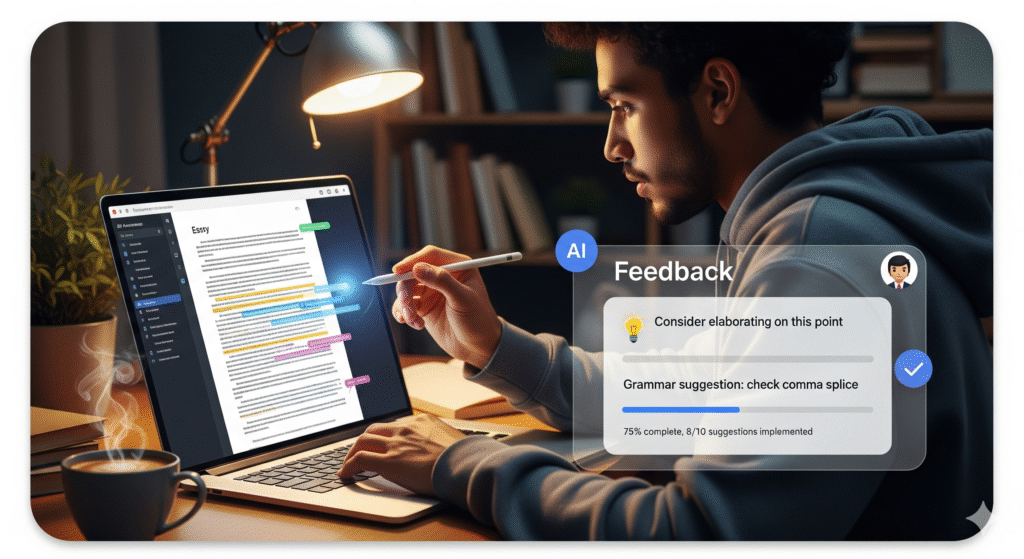
Conclusion
The pandemic accelerated changes that might have otherwise taken decades. Now, in 2025, AI-powered education, hybrid learning, and digital literacy initiatives are shaping a new generation of learners.
If done right—with equal access, responsible AI use, and proper teacher training—education in the coming years will not only bridge gaps but also unlock creativity, critical thinking, and global collaboration.
The classrooms of the future won’t just be physical spaces; they’ll be dynamic ecosystems powered by AI, innovation, and human curiosity.

